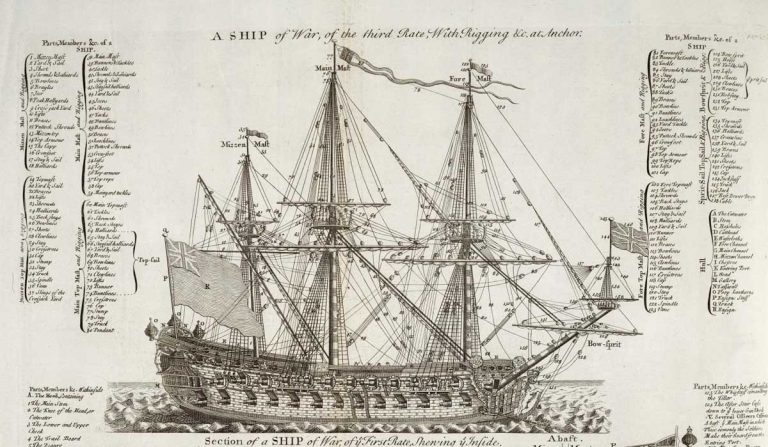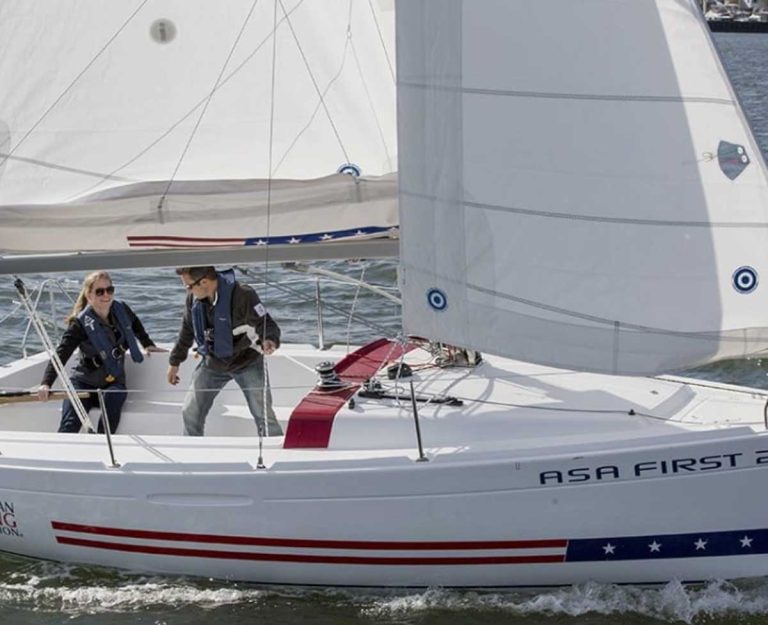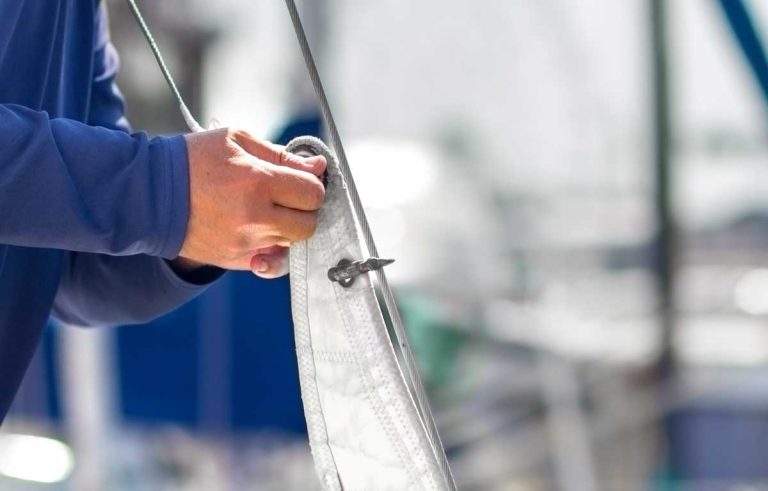Rules of the Road for Beginning Sailors

One thing I learned quickly sailing in San Diego’s busy bay: For those venturing into the world of sailing, understanding the rules of the road is a necessity. These rules, which dictate right of way among vessels, play a crucial role in ensuring safety and preventing collisions on the water. As more boats share the same waterways, a clear understanding of who has the right of way helps maintain order and promotes a harmonious sailing experience.
The Basics of Right of Way
At the heart of right of way regulations are two essential definitions: “give way” vessels and “stand-on” vessels. A “give way vessel” is one that must yield to another to avoid a collision. Conversely, a “stand-on vessel” is one that maintains its course and speed while the give way vessel alters its path. These definitions are critical in determining how vessels interact, especially in crowded or challenging conditions.
The Rules of the Road
The significance of right of way extends beyond mere protocol; it is a vital aspect of maritime etiquette that promotes safety and efficiency on the water. When sailors understand and respect these rules, they contribute to a safer environment for everyone involved. The following rules will help you navigate encounters with other vessels.
Wind Direction
The first rule to remember is related to wind direction. A vessel on a starboard tack (with the wind coming from the right) has the right of way over a vessel on a port tack (wind coming from the left). This distinction is essential in avoiding potential conflicts when approaching other sailing vessels.
Meeting Head-On
In scenarios where two vessels are approaching head-on, both should adjust their course to starboard (right) to prevent a collision. This mutual decision is a fundamental aspect of navigational safety.
Overtaking
When overtaking another vessel, the overtaking vessel must give way to the vessel being passed. This rule ensures that the maneuver is executed smoothly and safely.
Under Power vs. Under Sail
Generally, a sailing vessel under sail has the right of way over a powered vessel, unless the powered vessel is constrained by its draft or other limitations. Understanding this can prevent confusion in mixed sailing environments. (But see below for potential exceptions.)
Narrow Channels
Within narrow channels, vessels that are required to remain in the channel must give way to larger vessels that cannot maneuver as easily. This rule protects both the integrity of the channel and the safety of all vessels involved.
Special Circumstances
Various situations necessitate special consideration, such as vessels engaged in fishing or those not under command. These vessels may require additional space and caution from others.
The “Rule of Tonnage“
A critical point to remember is the “rule of tonnage”: larger vessels, such as cargo ships or tankers, generally can’t turn quickly and you should assume they have the right-of-way. Where I sail most often, in San Diego Bay, you quickly learn that Navy aircraft carriers and monstrous cargo ships aren’t changing course for your wee sailboat.
Conclusion
Navigating the complexities of right of way is essential for any sailor, especially those just starting their journey. By familiarizing themselves with these rules, sailors can contribute to a safer and more enjoyable experience on the water. The knowledge of right of way not only enhances personal safety but also fosters a culture of respect and responsibility among all maritime users.






